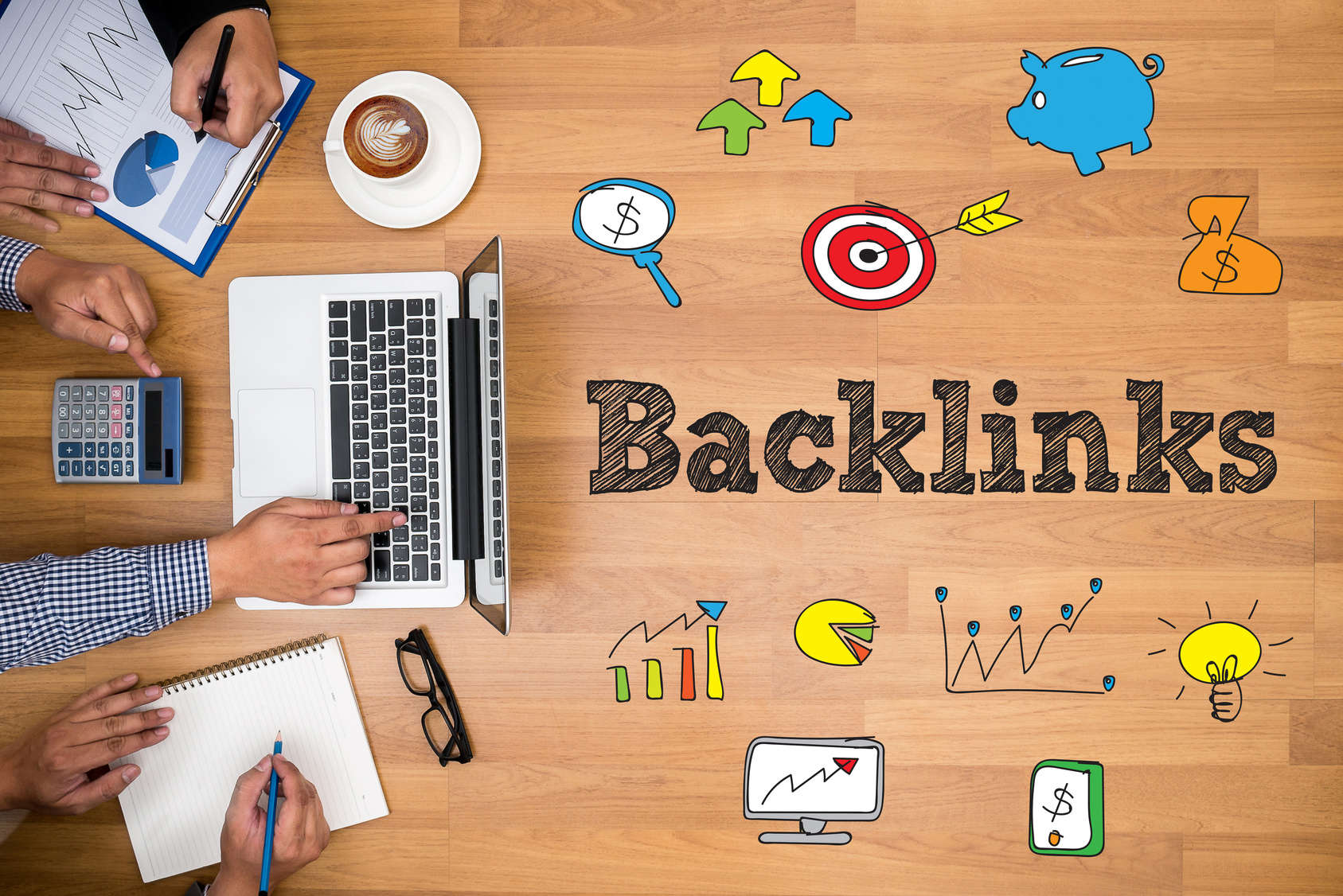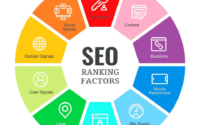Three E-Commerce Link Building Techniques
You can boost the SEO performance of your e-commerce site by combining innovative outreach strategies with content-driven link building.
The majority of ecommerce SEO efforts should be directed toward ranking brand, category, or product pages.
Ecommerce sitewide conversion rates range from 2% to 3%, but product pages can, in the right circumstances, reach over 30% (an average of 7%).
Be that as it may, getting joins straightforwardly to these pages can be tedious for some in-house SEOs.
Six effective link building strategies for today’s e-commerce brands are discussed in this article.
Link building for e-commerce: Solutions and obstacles
Driving customers to product, brand, and category pages on e-commerce websites can increase returns.
However, acquiring links to these pages is difficult due to the fact that many of the best publishers prefer to link to informational content.
Blogs and content hubs typically do not result in direct sales and take months to rank, so many e-commerce sites do not produce long-form, useful content.
Additionally, established brands frequently rank lower than affiliate sites with robust link profiles to long-form content.
However, common obstacles to ecommerce link building have been circumvented by SEOs.
- Content-drove external link establishment combined with inside connecting for online business gives connects to your objective pages by implication. Long-form content generates up to 70% more links than short-form content, so this is important.
- Utilizing guest posting, guest appearances on podcasts, public relations, and webinars to establish links to the homepage or profile image. Most of the time, you can get the podcaster or website to link to your homepage and even your headshot on your website.
- It is essential to keep in mind that paying for links is against Google’s link spam guidelines. Create and maintain a list of relationships with publishers. Since cold email campaigns typically have a response rate of less than 10%, having a contact who is familiar with you will save a lot of time if the response rate is higher.
- Look for content that has unlinked brand mentions of your brand or the brands you sell.
Let’s take a deeper look at these strategies for building links for e-commerce.
1.Brand-unrelated mentions
An existing article or webpage that mentions your brand name, the brands you sell, or team members’ names but does not have an active link to your website is an unlinked brand mention. These choices work to tie down connects to the landing page or brand pages.
Utilizing Google Alerts or Ahrefs, you can locate unrelated brand mentions.
Establish Google Alerts.
Begin by setting up Google Alarms for your image name and varieties of it. When your brand is mentioned online, this will notify you by email.
After that, you can check to see if the mention includes a link to your website and, if not, get in touch with the site owner to ask for one.
Make use of Ahrefs’ Batch Analysis and Content Explorer tools.
You can find unrelated mentions of your brand or the brands you sell using Ahrefs’ Content Explorer.
- Navigate to “Content Explorer” in the top menu after logging in to your Ahrefs account.
- Type in your image name in the hunt bar and press Enter.
- To avoid receiving multiple results from the same website, use the “One article per domain” filter.
- The list of articles mentioning your brand should be exported.
- Check each mention manually in the exported list to see if there is a link to your website. You can check if your brand name is linked by using your browser’s “Find” feature (Ctrl + F or Command + F).
When you have a rundown of URLs with unlinked brand makes reference to, you can utilize Ahrefs’ Cluster Examination device to assemble more data about every site.
You’ll be able to prioritize which websites to reach out to for link building opportunities thanks to this.
Click “Batch Analysis” from Ahrefs’s top menu under “More.”
Click “Start Analysis” after copying and pasting the list of URLs with unlinked brand mentions.
Metrics like the number of referring domains for each website and the Domain Rating (DR) can be seen after the analysis is finished. Prioritize which websites to contact for link building opportunities using these metrics.
2.Link building for reverse product images
Switch picture third party referencing includes finding sites utilizing your pictures without legitimate attribution or a connection.
Finding pictures that are not as expected credited is generally basic yet tedious.
Find your original photos.
Choose original and one-of-a-kind images for your website, like infographics, custom illustrations, or high-quality, custom photographs.
Conduct an image reverse search.
Find websites that have used your images by using a reverse image search engine like TinEye or Google Images.
Examine the outcomes.
Check the list of websites by hand to see if they have included a link to your website and proper attribution.
Collect contact details.
On each website, look for the owners’ or content creators’ contact information, such as email addresses or contact forms.
3.Link building for resource pages
A resource page is a page made just for listing and linking to useful resources, tools, or content related to a certain industry or topic.
The following steps are typically included in the process of building links to resource pages:
Find the content that will earn you links.
Start by finding or creating content on your website that is of high quality, useful, and informative and would work well on resource pages.
This could be blog posts, articles, tutorials, guides, infographics, tools, or any other kind of content that offers value to users.
In your industry or niche, look for resource pages that might be interested in linking to your content. You can conduct a Google search using queries like these (replace “keyword” with the target keyword or niche topic you want to find):
- “keyword” + “resources”
- “keyword” + “useful links”
- “keyword” + “helpful resources”
- “keyword” + “links”
Examine the pages of the resource
Dissect the quality and significance of the asset pages you find. Look for pages with relevant content, high user engagement, and a high domain authority.
Make a customized outreach email
Compose a well mannered, customized email to the site proprietor or supervisor making sense of what your identity is and why you accept your substance would be an important expansion to their asset page.
Make sure to specify the specific advantages your content offers and the ways in which it would benefit their audience.



